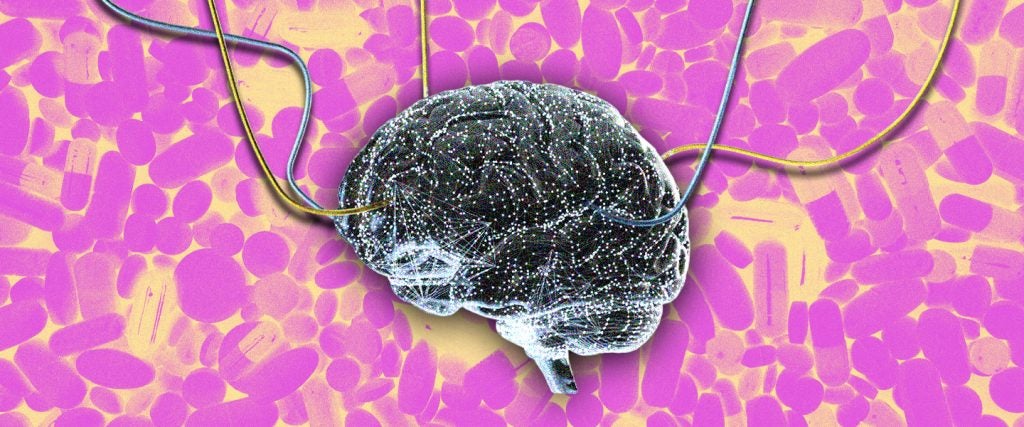If you believe the mainstream media, you’re probably of the opinion that designer drugs like bath salts, flakka and spice (or K2) will provoke a zombie apocalypse and inevitably lead to societal collapse. That’s not entirely true, but they can be unpredictable and dangerous, especially synthetic opioids. Worse yet, the market for these substances is ever-changing: Clandestine chemists are continually tweaking their formulas to circumvent regulations and produce new “legal” highs. In other words, they’re always one step ahead of agencies like the DEA.
However, researchers at the University of British Columbia may have come up with a unique solution: They’ve developed an A.I. called DarkNPS, which can pretty successfully identify future designer drugs before they make it to the streets.
To train the neural network, scientists had it study a database of known psychoactive substances from all around the world. In short order, it learned those, then came up with chemical structures for a whopping 8.9 million potential other designer drugs (I’ll take one of each). While that’s a big number, there are hundreds of millions of organic and inorganic substances that we know of — and likely far more that we don’t — which serve as Legos for chemists who want to make drugs that we’ve never seen before. It’s not clear what these substances would do, but legal highs usually aim to mimic illegal highs like those from weed (which is hopefully federally legalized soon), coke and heroin — for example, spice emulates THC, and bath salts imitate meth.
The team then compared those theoretical substances to 196 actual designer drugs that had emerged when the A.I. was in training, and they discovered that more than 90 percent were in the generated set. In short, the A.I. did a good job of predicting new goodies.
In addition to predicting drugs before they’re invented, the A.I. was also able to determine an unknown drug’s chemical structure with up to 86 percent accuracy. This is a process that can usually take months, in part because law enforcement is constantly introduced to new designer drugs. But with their invention, the researchers suspect that they’ll be able to identify new substances in a matter of days, which they say could accelerate the pace at which medical treatments for overdoses on designer drugs are produced. Likewise, the researchers also think that their A.I. could be used to detect new performance-enhancing drugs in sports.
To that end, the scientists hope that their A.I. can help outlaw designer drugs before they’re ever made. “Our software gives law enforcement agencies and public health programs a head start on the clandestine chemists, and lets them know what to be on the lookout for,” explains senior author David Wishart, a professor of computing science at the University of Alberta, in a press release.
In other words, this A.I. is a major narc, and though its creators hope it will protect people from dangerous designer drugs, it could also prevent some seriously epic trips.
That, of course, is one way to deal with designer drugs. However, I think there’s a better solution: Legalizing traditional mind‐altering substances while promoting public safety so users don’t need to seek out more dangerous “legal” highs in the first place.

